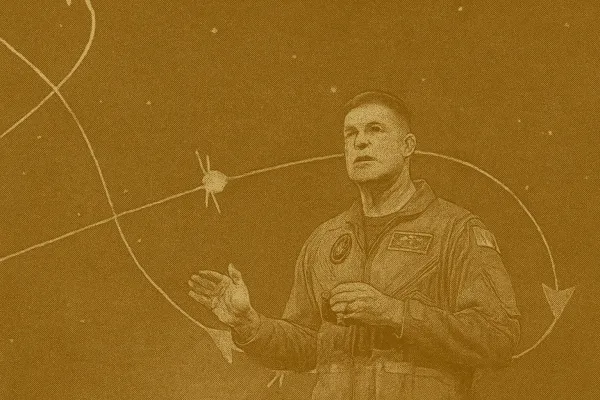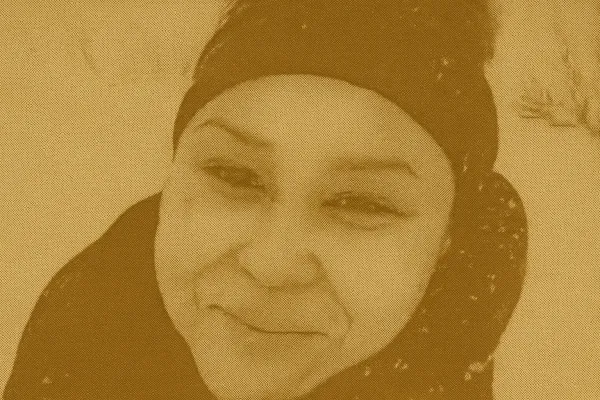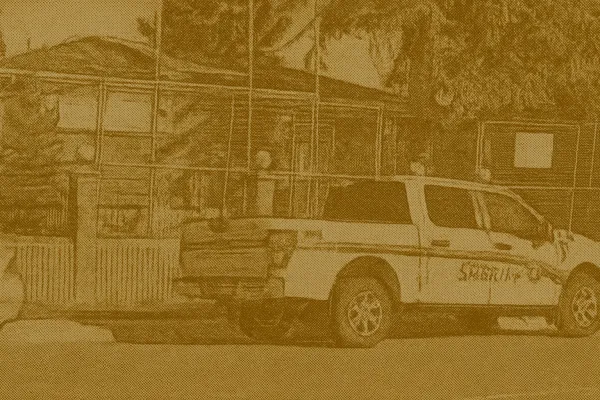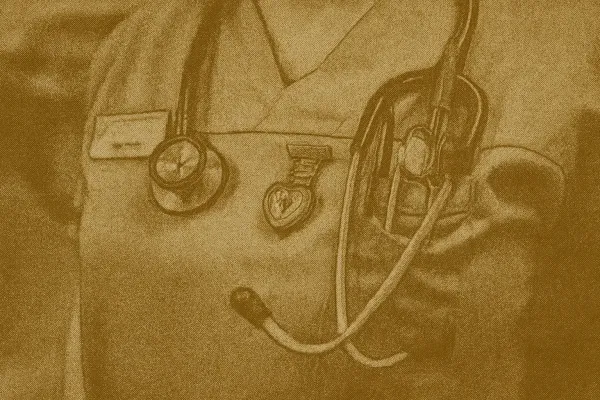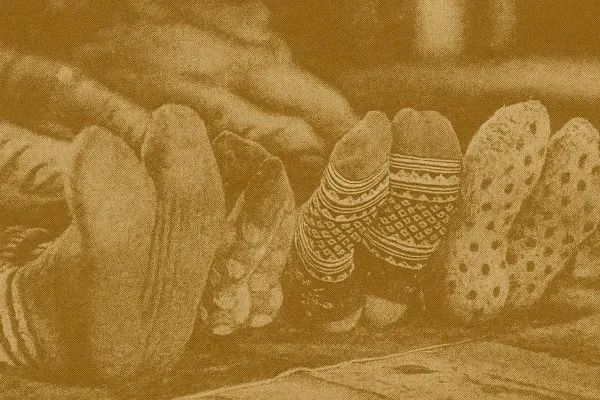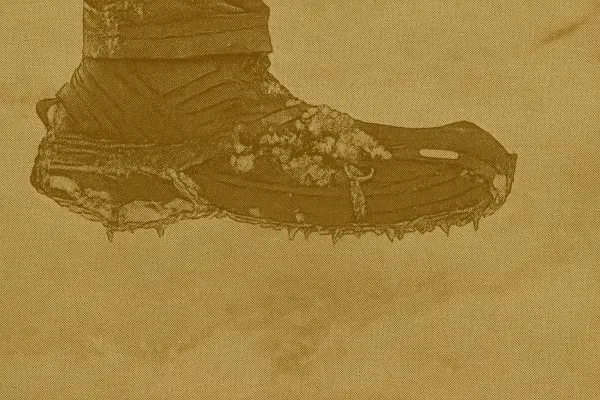Based on coverage from CBC, Toronto Star, and TimesColonist.
Jeremy Hansen, a Canadian astronaut, is gearing up for a mission that could redefine Canada's role in space exploration. As part of NASA's Artemis II mission, Hansen will be the first non-American to travel beyond low Earth orbit, joining a crew of three NASA astronauts—Reid Wiseman, Victor Glover, and Christina Koch—on a journey around the moon. This mission, slated for early 2026, marks the first crewed lunar mission since Apollo 17 in 1972.
Hansen, a 49-year-old from London, Ontario, recently shared his thoughts with a group of curious Grade 5 and 6 students from St. Jude Elementary School in Longueuil, Quebec. When asked about the risks involved, Hansen candidly acknowledged the inherent dangers of space travel, stating, "You can die in space just like you can die here on Earth." However, he emphasized the importance of the mission, describing it as a necessary risk to "push humanity forward."
The Artemis II mission is a crucial stepping stone for future lunar explorations. It will test the Orion spacecraft, which the crew has affectionately named "Integrity," in preparation for Artemis III, which aims to land astronauts on the moon's South Pole. Beyond that, Artemis IV plans to establish the Gateway lunar space station, featuring Canadian technology like the Canadarm 3.
Hansen's journey to this point has been a long one. Selected as an astronaut in 2009, he has spent years training for this moment. His training regimen is rigorous, involving simulations that test the crew's ability to handle unexpected challenges. Hansen describes these simulations as both challenging and exhilarating, likening them to solving complex puzzles.
The mission also serves a scientific purpose. Unlike the Apollo missions, which primarily focused on spacecraft systems, Artemis II will involve the crew as both subjects and scientists. They will conduct experiments to understand the effects of space travel on the human body, a vital step as humanity looks toward even more distant destinations like Mars.
Hansen's dedication and leadership have not gone unnoticed. Jeff Radigan, the lead Artemis II flight director, praised Hansen for his curiosity and rigorous approach. His backup, Jenni Gibbons, echoed these sentiments, calling him "a phenomenal Canadian" and "an excellent leader."
Industry Minister Mélanie Joly, who accompanied Hansen during his talk with the students, highlighted the broader significance of the mission. She noted that Canada's increased investment in space exploration is part of a larger strategy to address various global challenges, including climate change and national defence.
As Hansen prepares for this historic mission, he remains grounded in the values that have guided him throughout his career. He stresses the importance of teamwork, saying, "You can't go to space by yourself." This collaborative spirit, combined with Canada's technological contributions, has earned the country a seat at the table in this new era of space exploration.
In the end, Hansen's mission is about more than just reaching the moon. It's about inspiring the next generation of explorers and showing that with ambition and vision, even the most distant dreams can become a reality. As he told the students, "If you're taking risks in your life, they have to be for a good reason, and we think this risk is for a good reason."


